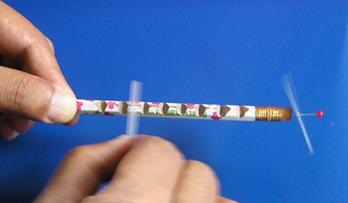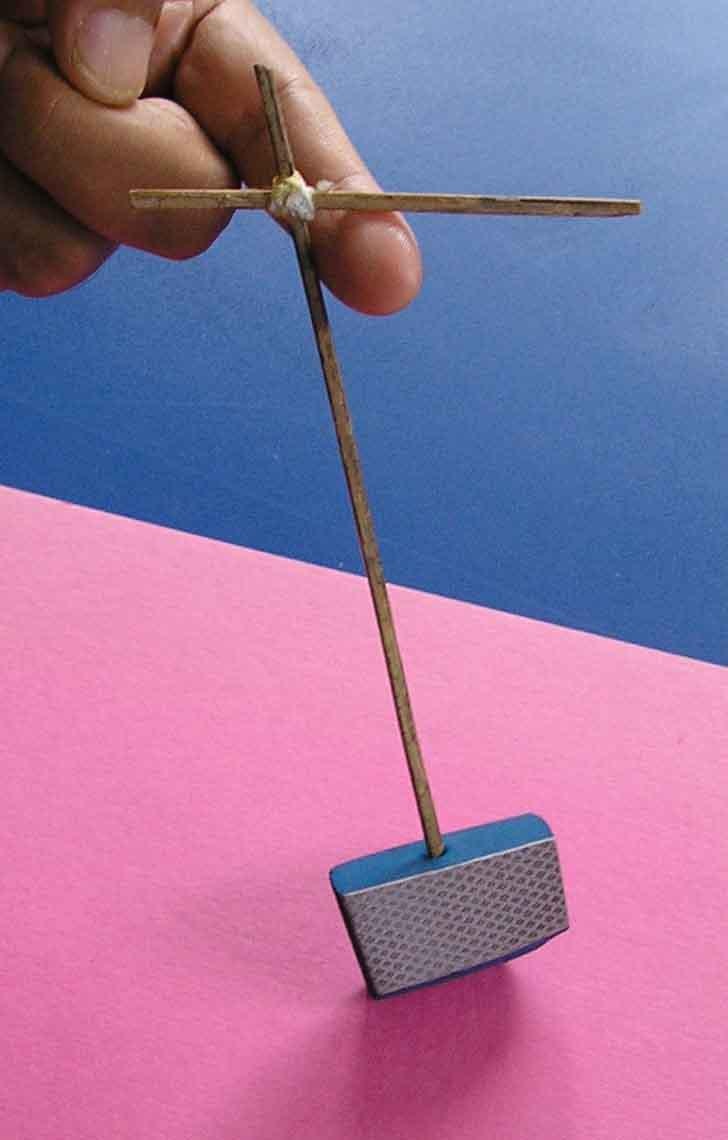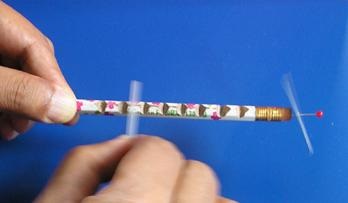Chapter: Learning Science through Activities and Toys. SCIENCE EXPERIMENTS & AMUSEMENTS FOR CHILDREN BY CHARLES VIVIAN. Simple Technical Steped Practical Projects for school and college students.
Toys and Trinkets

Toys and Trinkets
Toys have been used successfully to demonstrate
principles of physics. Most inspiring physics teachers have their pet toys
hidden away in drawers, cabinets and pant pockets. They include things like the
dunking bird, gyroscopes, yo-yo's, a tippy-top, propeller on a notched stick,
Newton's cradle, slinky and coupled pendulums. Most toys have an advantage over
conventional demonstration equipment in their relatively low-cost and the fact
that children relate well to them. Unfortunately most toys are not made for
repeated use and that they are often no longer available when one looks for
replacements!

Some traditional toys can
be used to great advantage in a science class. It is unfortunate that science
teaching ignores traditional toys. The
Joy of Making Indian Toys by Sudarshan Khanna, documents over a hundred
toys which have been made by Indian children for generations - much before
sexist and violent toys like the Barbie and Skull Man made their debut.
Traditional toys are R & D for hundreds of years. Generations of children
have made them and perfected them. The Sudarshan
Chakra is a classic example. It is made from a coconut broomstick, some
thread and an injection bottle rubber cap. It costs almost nothing and can be
used to demonstrate the force of rotation. Every child - even the poorest could
afford and play with it.

The Notched Pencil - another traditional toy has now become a darling of science teachers. It can be made in less than five minutes. You just have to make a few notches on a pencil. Then insert a card fan on a paper pin at the end of the rubber. If you now rub the notches with an old ball pen refill the fan magically rotates! Many people think that it has to do something with airflow or static electricity. Far from it. This toy is based on vibrations. The physics behind it is non-trivial and quite sophisticated. Several learned research papers have been written on the working of this toy.
Related Topics